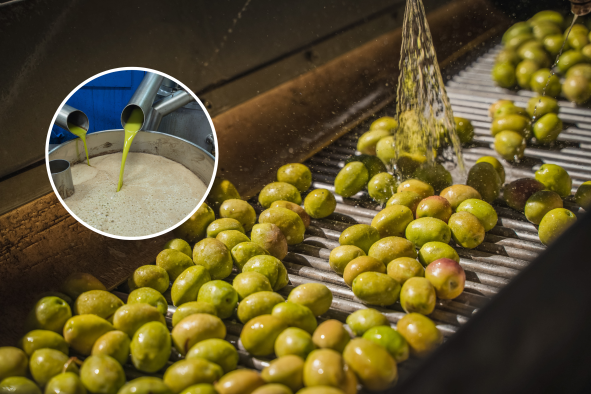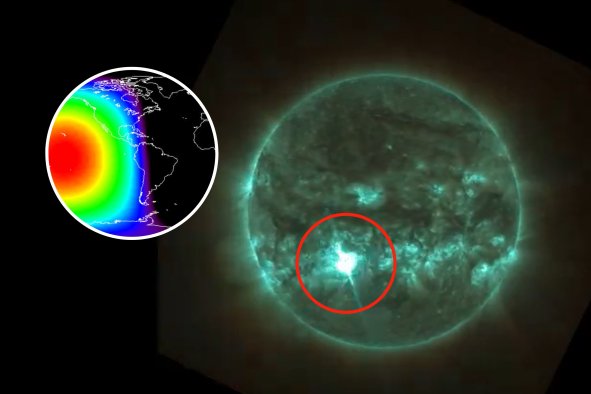Psychologists in Australia have discovered how our perceptions of food just seen can influence food decisions, with potential implications for food marketing, restaurant menus and treatments for eating disorders.
"What you perceive in the instant is not independent," professor David Alais of the University of Sydney, the study's lead author, told Newsweek. "It's shaped by what you just saw."
The psychologists ran an experiment on 600 people who were asked to rate the appeal—and guess the calorie content—of a series of images of food.
"We presented sequences of food images, one after the other," Alais said. "We had hundreds of images, and the participants simply had to move a slider and click to rate its appeal [or calorie value].
"And then the interest is in analyzing their responses and in seeing is each response independent or is there carryover from what you previously saw," he said.
Alais and his team found that there was a carryover, called serial dependence, where the order of the images seemed to affect how a person felt about each one.
"What we found was that if you saw a food that you rated highly for appeal or for calories, your next rating was higher than it otherwise would have been," said Alais.
"And it works both ways. So if you previously saw a food that you rated low, the next food would be rated below its average rating, because it followed a food that you rated low," he said.
People tend to assume that appealing things seem better if contrasted with something repulsive, Alais said, but that's not the case. Instead, feeling positively toward one thing tends to make us feel more positive about the next.
He explained that this effect is not conscious but sensory and connected to a part of the brain, which psychologists have only recently discovered, that seems to specialize in how we see food.
"It's automatic, it just happens," Alais said. "It's not at the level of your reflective mind, it's at the level of the way you sense things. Just as the wind blows and you feel it on your skin—that's automatic—or the color red flashes and you perceive red, it's automatic and sensory."
He said this could affect how we make choices on delivery apps or digital restaurant menus, where consumers are faced with food decisions based on many images of food.
"We make hundreds of food decisions every day, and often it's in this format where we see lots of images," Alais said. "If you scan a QR code in a bar and you flip through all the food images, you're getting them one after the other.
"One of them will appeal more than another. Well, perhaps that's not because you particularly want that food. It might have been nudged higher [in your estimation] by a previous image," he said.
After further research is carried out, this could also be used in the treatment of eating disorders, to influence how people with problematic eating behaviors feel about foods, Alais said.
"Therapists use cognitive behavioral strategies to help people to modify their food behaviors and choices, and here's another," he said, describing it as "a simple sensory process" that could help reshape food thinking to help people struggling with both overeating or undereating behaviors.
It could also have an impact on the marketing, retail and hospitality sectors, Alais said. For instance, with commercials, wine tasting, perfume smelling and restaurant menus, where several sensory experiences happen in a sequence and "there must be an optimal order," he said.
With information about this serial dependence effect, restaurateurs could arrange their menus so their customers are influenced to feel more positively about more profitable food items, for example.
Alais was joined in the research by professor Thomas Carlson of the University of Sydney and professor David Burr of the University of Florence. The study was published in the journal Current Biology and was funded by the Australian Research Council and European Research Council.
Do you have a tip on a food story that Newsweek should be covering? Is there a nutrition concern that's worrying you? Let us know via science@newsweek.com. We can ask experts for advice, and your story could be featured in Newsweek.
Reference
Alais, D., Burr, D., Carlson, T.A. (2024). Positive serial dependence in ratings of food images for appeal and calories, Current Biology 34. https://doi.org/10.1016/j.cub.2024.09.012
Disclaimer: The copyright of this article belongs to the original author. Reposting this article is solely for the purpose of information dissemination and does not constitute any investment advice. If there is any infringement, please contact us immediately. We will make corrections or deletions as necessary. Thank you.



